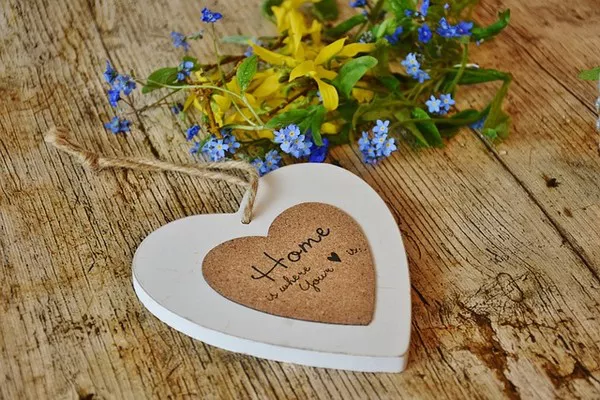Preserving the delicate beauty of flowers has been a cherished tradition for centuries. While there are various methods for drying and pressing flowers, one of the most accessible and effective techniques involves the use of a household item we often take for granted – the humble iron. In this comprehensive guide, we will delve into the art and science of pressing flowers with an iron, providing you with step-by-step instructions to ensure your floral creations stand the test of time.
Choosing the Right Flowers
Not all flowers are created equal when it comes to pressing, and selecting the right specimens is crucial for a successful outcome. Opt for flowers that are relatively flat and thin, as these are more likely to retain their shape and color during the pressing process. Examples of suitable flowers include pansies, violets, daisies, and ferns. Avoid using flowers with thick, fleshy petals, as they may not press well and could develop mold during the drying process.
Materials Needed
Before diving into the pressing process, gather the necessary materials to ensure a smooth and effective experience. Here’s a list of items you’ll need:
- Fresh flowers
- Parchment paper
- Absorbent paper (such as blotting paper or newspaper)
- Heavy books or a flower press
- Iron
- Ironing board or a flat, heat-resistant surface
The Pressing Process
Harvesting the Flowers: Begin by selecting fresh flowers early in the morning when their moisture content is at its lowest. This helps in preserving the colors and shapes more effectively. Use sharp scissors or pruning shears to cut the flowers, leaving a bit of stem attached.
Prepping the Iron: Ensure that your iron is clean and free of any residue. Set it to a low heat setting with no steam. Excess heat can damage the delicate petals, so it’s better to start with a lower temperature and adjust if necessary.
Arranging the Flowers: Lay out a piece of parchment paper on your ironing board or flat surface. Arrange the flowers on the parchment paper, leaving some space between each bloom to prevent them from sticking together during the pressing process.
Covering with Absorbent Paper: Place another sheet of absorbent paper (blotting paper or newspaper) on top of the arranged flowers. This layer will help absorb excess moisture during the pressing process, aiding in the preservation of the flowers’ colors.
Ironing Technique: Gently place the iron on top of the absorbent paper and press down for 10-15 seconds. Be cautious not to move the iron around, as this could smudge the flowers. Lift the iron and reposition it until you have covered the entire surface. The goal is to apply even pressure to flatten the flowers without overheating them.
Checking Progress: After the initial pressing, carefully lift the top layer of absorbent paper to check the flowers’ progress. If they are still damp, replace the absorbent paper and iron for additional short intervals until the flowers are completely dry.
Finalizing the Pressing: Once the flowers are dry, carefully remove them from the parchment paper. Transfer the pressed flowers to a heavy book or a flower press for further flattening. Leave them undisturbed for a week to ensure they are thoroughly pressed and ready for use.
Tips for Success
Experiment with Timing: Different flowers may require varying amounts of pressing time. Experiment with shorter or longer intervals to find the optimal time for the specific flowers you are working with.
Maintain a Controlled Environment: Press flowers in a dry and well-ventilated room to prevent the development of mold. Excessive humidity can hinder the drying process.
Choose the Right Paper: Quality absorbent paper is essential for effective pressing. Avoid using paper that may bleed color or transfer ink onto your flowers.
Patience is Key: Rushing the pressing process may result in subpar outcomes. Exercise patience, allowing the flowers to dry thoroughly at each stage.
Conclusion
Pressing flowers with an iron is a time-honored method that combines simplicity with effective results. By following these step-by-step instructions and incorporating a touch of creativity, you can transform delicate blooms into everlasting works of art. Whether you’re a seasoned botanical enthusiast or a novice seeking a new hobby, pressing flowers with an iron opens up a world of possibilities for capturing nature’s ephemeral beauty and preserving it for generations to come.


